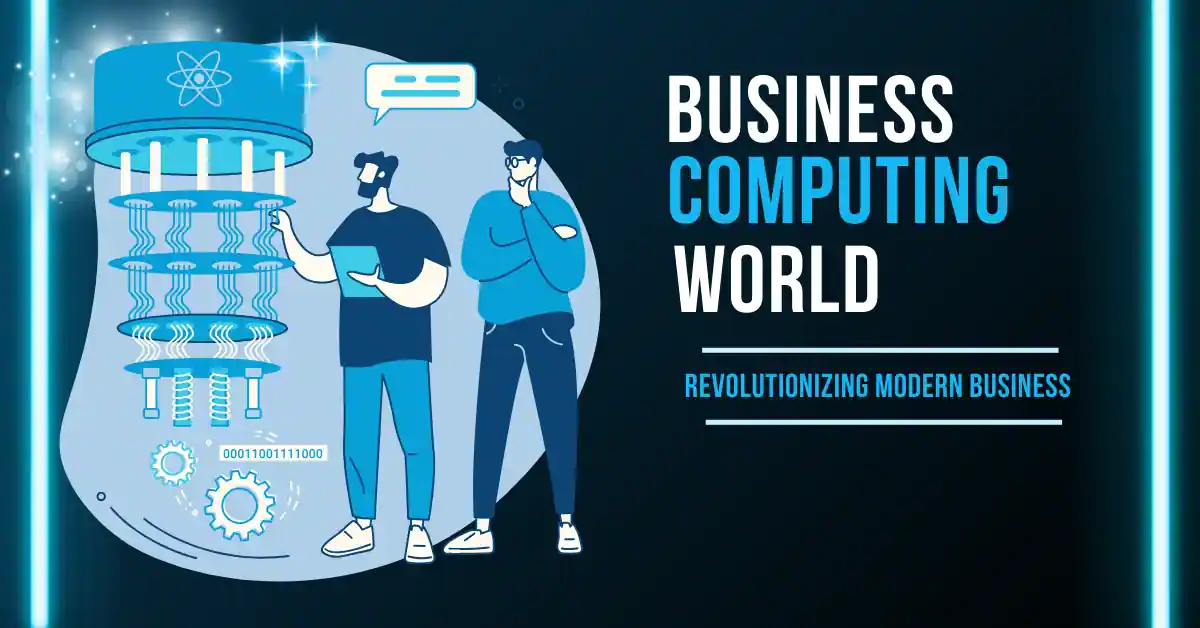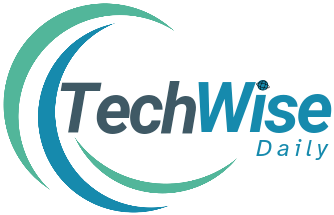The business computing world is reshaping how companies operate by offering advanced tools for productivity, data insights, and security. In today’s digital age, integrating these technologies helps businesses streamline processes, make informed decisions, and stay competitive.
As the business computing world continues to evolve, companies are unlocking new opportunities for growth and innovation
Table of Contents
ToggleThe Role of Business Computing in Modern Enterprises
Business computing plays a pivotal role in enhancing productivity and fostering growth, providing companies with digital infrastructures necessary for competitive operations.
Benefits of Computing in Business
Adopting business computing offers numerous advantages, such as improved data accessibility, streamlined communication, automated workflows, and enhanced security—each contributing to a more agile, resilient organization.
Key Components of Business Computing
A successful business computing strategy relies on a robust foundation of both hardware and software.
Software for Business Computing
Key software includes Customer Relationship Management (CRM) systems, Enterprise Resource Planning (ERP) solutions, project management tools, and cloud platforms. These tools help businesses manage data, streamline workflows, and foster collaboration across teams.
Hardware Essentials for Business Computing
For efficient computing, businesses need servers, workstations, data storage, and networking equipment. High-quality hardware provides the necessary processing power to run complex software and manage large datasets efficiently.
Types of Business Computing
The diversity of business computing applications allows companies to address various operational needs through tailored solutions.
Cloud Computing
Cloud computing allows businesses to store and access data and applications over the internet instead of relying on physical storage. This approach is flexible, scalable, and often more cost-effective, making it a popular choice for enterprises of all sizes.
Data Analytics
Data analytics helps organizations interpret vast datasets to gain valuable insights. By leveraging data analytics, businesses can make informed decisions, anticipate trends, and better understand customer behavior.
Artificial Intelligence (AI)
AI is transforming industries by enabling machines to learn, reason, and make decisions. Business applications of AI include customer service chatbots, predictive analytics, and supply chain optimization.
Machine Learning (ML)
A subset of AI, machine learning allows companies to analyze large volumes of data and recognize patterns, enabling trend predictions and decision-making automation.
Internet of Things (IoT) in Business
IoT connects devices to the internet, allowing them to collect and share data. Companies use IoT for applications such as inventory management, smart office setups, and supply chain monitoring.
Blockchain for Business Security
Blockchain offers a secure way to record transactions and manage data. Its decentralized nature makes it an ideal choice for enhancing security in industries like finance, healthcare, and supply chains.
Trends in Business Computing
Rapid advancements in technology are driving several key trends that will shape the future of business computing.
Automation and AI
Automation and AI are continually evolving, helping companies streamline processes and improve efficiency. From automated data entry to intelligent customer service bots, automation frees up employees to focus on higher-value tasks.
Big Data and Predictive Analytics
Big data and predictive analytics enable companies to leverage massive amounts of information to forecast trends, enhance decision-making, and optimize operations.
Challenges in Business Computing
Despite its advantages, business computing presents some challenges that companies must address.
Security Risks
Cybersecurity threats, including data breaches and cyberattacks, are significant risks in business computing. Companies must invest in cybersecurity measures to protect data and maintain customer trust.
Technology Implementation Challenges
Adopting new technologies can be complex, often requiring substantial resources and expertise. Companies may encounter resistance from employees and should ensure proper training and support during the transition.
Choosing the Right Computing Solutions for Your Business
Selecting the best business computing solutions is critical for meeting organizational goals and operational needs.
Assessing Business Needs
Evaluating a business’s unique needs, such as data storage, workflow automation, and customer service tools, can help determine which computing solutions will be the most beneficial.
Budget Considerations
While some businesses may have the funds to invest in premium solutions, others might need to find affordable alternatives that still meet their requirements.
The Future of Business Computing
As technology continues to evolve, so will the business computing landscape, bringing new opportunities for growth and innovation.
Evolving Tech and Emerging Opportunities
Emerging technologies like quantum computing and 5G connectivity will enable businesses to innovate and compete in unprecedented ways. Staying informed about these trends can help companies prepare for the future and maintain a competitive edge.
Conclusion: The Impact of Business Computing
In today’s fast-paced world, incorporating computing solutions into business strategies is essential for maintaining a competitive edge. With the right tools, businesses can improve efficiency, make data-driven decisions, and adapt to industry changes. Embracing business computing is key to fostering growth and creating a resilient, future-ready organization.
FAQs
1. What is business computing?
Business computing involves using technology and computing solutions to improve business operations, enhance productivity, and drive growth.
2. What are the main types of business computing?
The main types include cloud computing, data analytics, AI, machine learning, IoT, and blockchain.
3. How does business computing benefit companies?
It increases productivity, streamlines workflows, supports data-driven decisions, and improves security.
4. What are common challenges in business computing?
Key challenges include cybersecurity threats, implementation costs, and the need for employee training.
5. What trends are shaping the future of business computing?
Key trends include automation, AI, big data, 5G adoption, and advancements in quantum computing.





